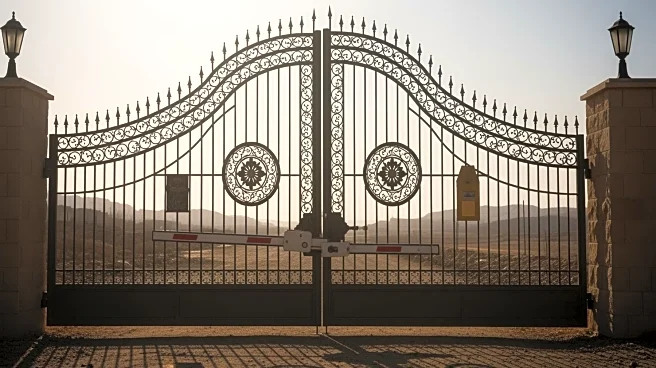What's Happening?
On October 19, Israeli forces launched a series of strikes in Gaza following the killing of two Israeli soldiers by Hamas militants. This escalation led to a temporary halt in aid deliveries to the region.
The ceasefire, which had been in place, faced its first major test due to these developments. However, the Israeli military later confirmed that it resumed enforcing the ceasefire, and aid deliveries were set to continue from October 20. This situation highlights the fragile nature of the ceasefire and the ongoing tensions in the region.
Why It's Important?
The temporary halt in aid deliveries to Gaza underscores the precariousness of the ceasefire and the humanitarian challenges faced by the region. The resumption of aid is crucial for the civilian population, which relies heavily on external assistance for basic needs. The renewed fighting could have broader implications for regional stability and international diplomatic efforts aimed at maintaining peace. The situation also reflects the complexities of military and political dynamics in the Middle East, affecting U.S. foreign policy and its allies' strategies in the region.
What's Next?
The continuation of the ceasefire and aid deliveries will depend on the actions of both Israeli forces and Hamas militants. International stakeholders, including the U.S., may increase diplomatic efforts to ensure the ceasefire holds and humanitarian aid reaches those in need. Monitoring the situation closely will be essential for preventing further escalation and maintaining regional stability.
Beyond the Headlines
The renewed fighting and temporary halt in aid deliveries highlight the ongoing humanitarian crisis in Gaza. The region's dependence on aid underscores the need for long-term solutions to address the underlying causes of conflict and improve living conditions for civilians. The international community may need to reassess its approach to peacekeeping and conflict resolution in the Middle East.











